Using Tonic Water to create amazing UV flower photography! – Watch on YouTube

We love UV photography, and especially UV flower photography! The effects created by the UVIVF technique and UV lighting arms is stunning and surprising at times! However we can make the effect even more interesting using some highly fluorescent tonic water!

What is UVIVF Photography?
If you’re not familiar with UVIVF photography, we wouldn’t blame you, it’t not a term most of us hear every day. It’s a specialist technique that uses UV light to induce fluorescence in a subject. It stands for UltraViolet Induced Visible Fluorescence.
This means that we’re not actually photographing UV light, but the glow in the subject that is created by the presence of UV light. This glow occurs in most organic subjects (and some inorganic ones too, more on that later). The big advantage to pursuing this kind of UV photography? It doesn’t require any modifications to your camera, or even any speciality filters for your lens.


Slide the image above to see the change in colour between the regular light and the UVIVF. All of the light in the UV image is created by the flower it’s self, glowing in strange colours under the power of the UV.
UV Flower Photography
As we mentioned, organic subjects react well to UV light. Flowers in particular are great UV subjects as their chemical makeup changes between species and also within the flower. The different chemicals present in the parts of the flower is what determines the colour of the glow.
Some parts of the flower absorb and re-emit different amounts of UV, shifting the wavelength of light in different amounts. This results in different colours and great contrast within the glow from the subject.


UV flower photography is approached in a similar way to regular flower photography. Compose and set up your shot as you normally would, however make sure to do so in a dark room, and place your camera on a tripod.
We need to be able to cut out all ambient light from the environment around the subject. This means closing curtains and working in total darkness. It also means you will need a long exposure to capture the glow of the subject, which can be very faint. You might not even be able to see the glow with the naked eye!
Lighting for UV flower photography
The biggest challenge with UV flower photography is finding a UV light source that is pure and won’t create blue and violet light. Most cheap UV flashlights and blacklight bulbs produce mostly visible blue and violet light and very little UV. most flowers only fluoresce a small amount, and this “contamination” from visible light will ruin the effect and the contrast between colours created by the flower. It will leave your image looking almost entirely blue.
The simple solution to this problem is to only use a pure UV light source. These are hard to find and even harder to make yourself… but we have you covered.
Our UV Starter pack has everything you need to get started with UVIVF photography including 2 flexible UV light sources ideal for UV macro and flower photography. We took all of the images on this page using this lighting setup.
There is also a Pod Mini version available if you need extra placement options for your lights.

Tonic Water Magic
Now let’s take our UV flower photography to the next level! The flowers themselves are impressive, but we have something that glows even more, Tonic Water!
Tonic contains Quinine, which happens to be highly fluorescent. You can get tonic water at most supermarkets or drinks stores and it makes for a great tool when experimenting with UVIVF.
Placing some tonic water bubbles onto, or into our flowers makes the scene much brighter. Because the tonic is so bright in comparison to the glow from the flower, it acts as a light source and creates an otherworldly look. How is the water-drop glowing on that flower?

The light falls naturally away from the tonic bubbles, an effect that is not possible to replicate buy lighting with natural light from a source out of frame. The scene it’s self is glowing and reminds us of the beautiful landscapes in James Camerons’s Avatar movies.

Experiment with the placement of your tonic water drops, perhaps some large drops in the centre of the flower, maybe a spray bottle all over the petals! There are lots of possibility for adding some extra light into a UV shot, let us know what you have tried!
Don’t forget to subscribe to our YouTube channel for more macro photography tutorials, ideas and inspiration!
- 5 Creative Macro Photography Projects to Try in 2026 - 28th December 2025
- Creative Car Photography – Inside Engines with the Laowa 15-35mm Probe Zoom Lens - 14th December 2025
- Abstract Water Macro Photography – Creative Photography in the river! - 30th November 2025



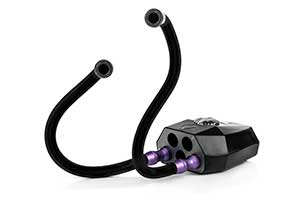
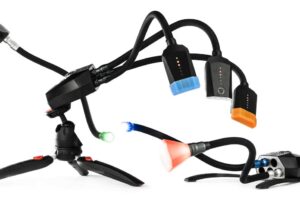
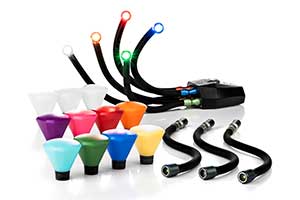
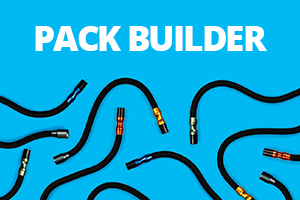
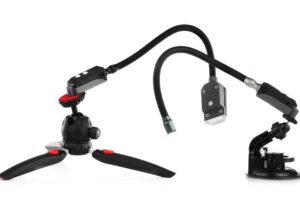
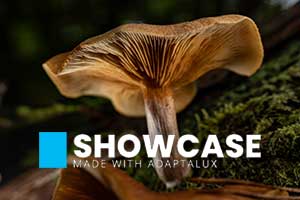
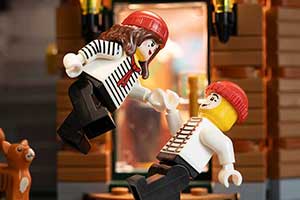
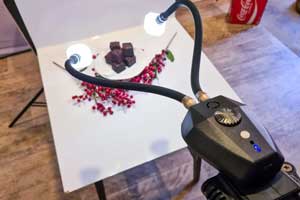
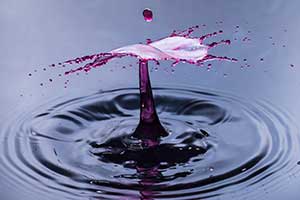
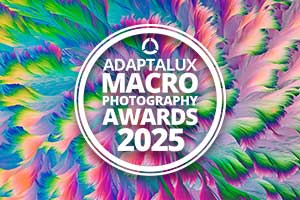
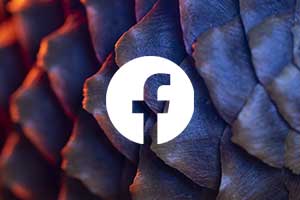
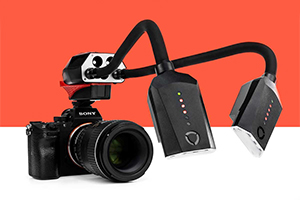
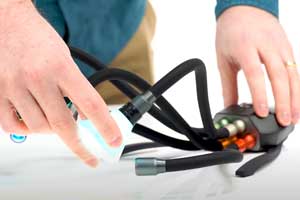

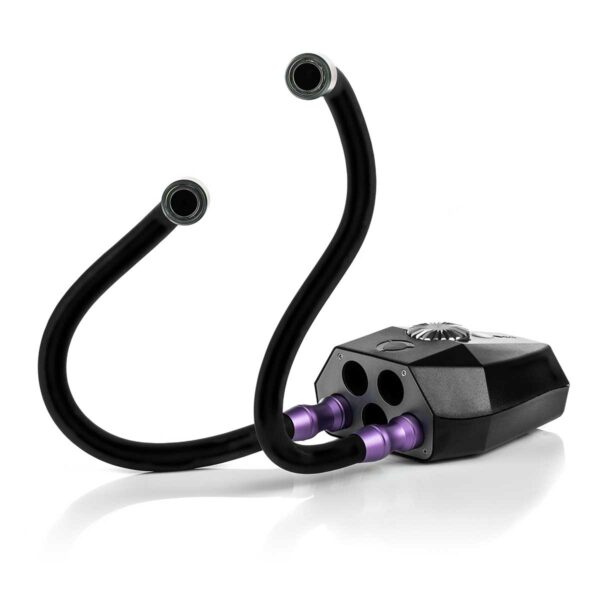
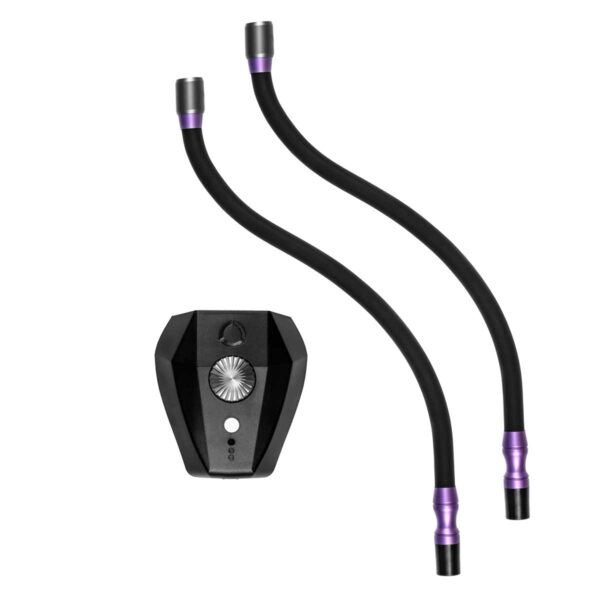






Have you explored combining Microscopic Photography with UV LIGHTING?
It’s not something we have tried yet but we might in the future!